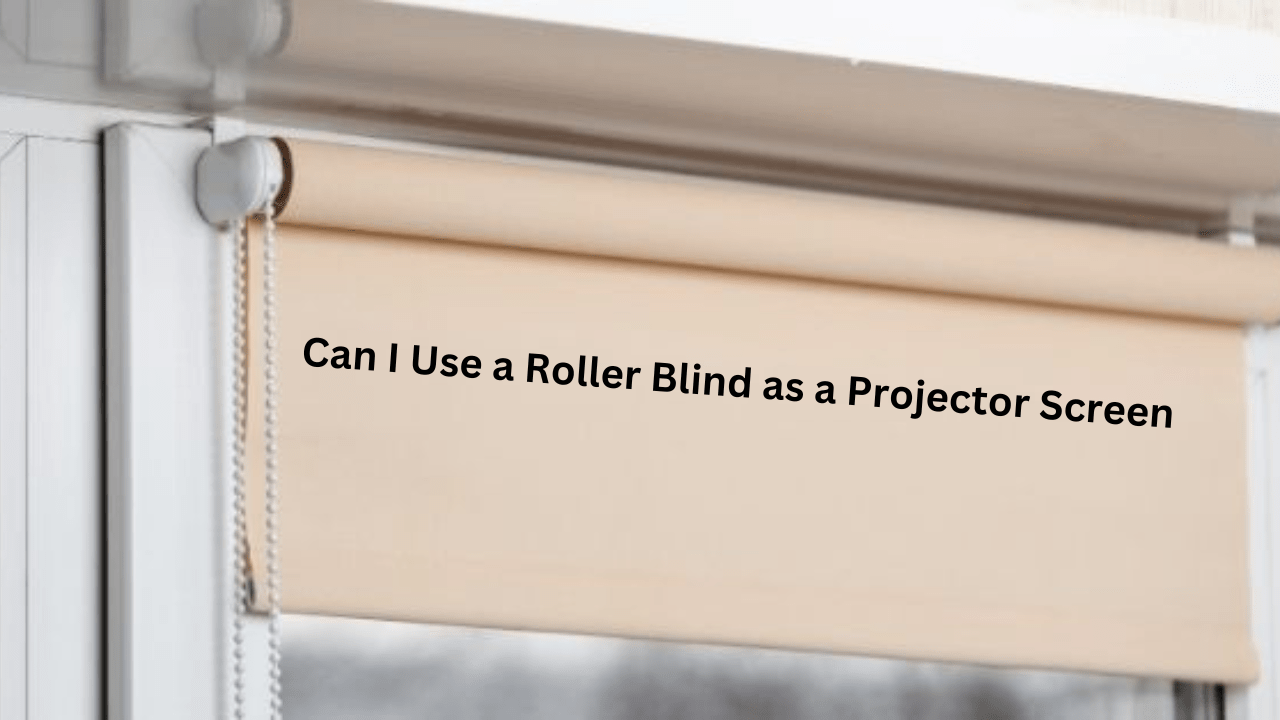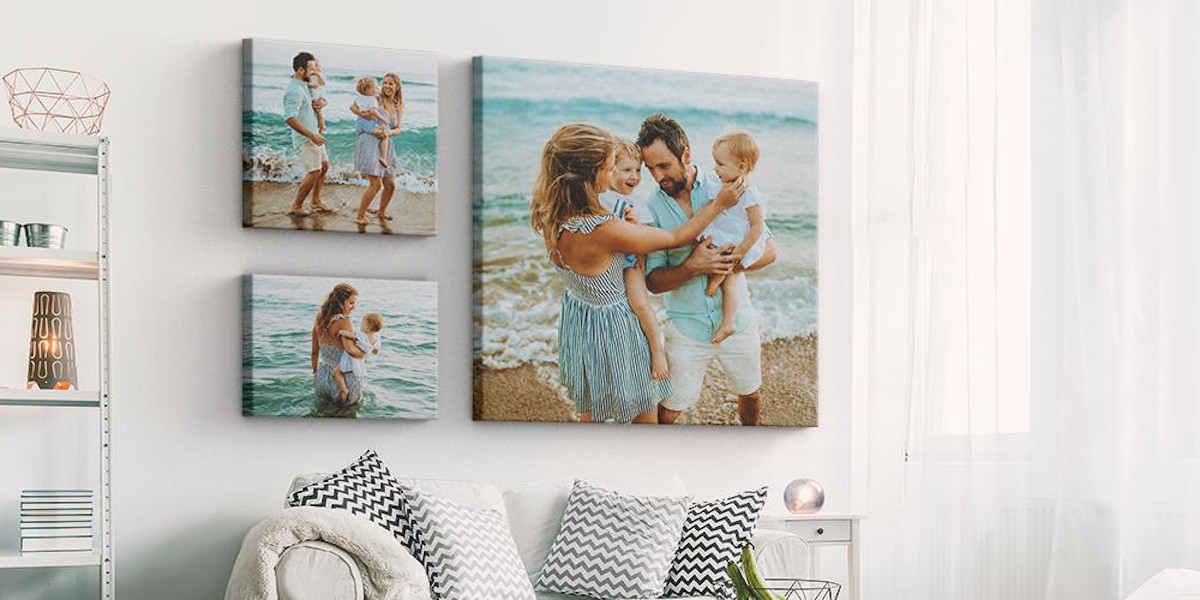
If you’re looking to turn your home into a makeshift theater, one of the first pieces of equipment you’ll need is a projector screen. But what if you don’t want to invest in a traditional projection screen? Is it possible to use an alternative like a roller blind instead? In this blog post, we’re going to explore this question in more detail and explain why using a roller blind as a projector screen can be beneficial. We’ll also discuss the potential drawbacks and provide tips on how to get the best performance out of your setup. Read on to find out all you need to know before setting up your own DIY home theater!
What is a roller blind?
A roller blind is a type of window treatment that consists of a piece of fabric or other material that is mounted on a roller and retracted or extended with a cord or chain. Roller blinds can be used to block out light, provide privacy, and reduce noise. They are commonly used in bedrooms, bathrooms, and home offices.
What are the benefits of using a roller blind as a projector screen?
If you’re looking for an affordable and easy-to-use projector screen, a roller blind may be a good option for you. Roller blinds are widely available and can be easily mounted to a wall or ceiling. They’re also lightweight and compact, making them ideal for use in small spaces.
Another benefit of using a roller blind as a projector screen is that you can easily adjust the height of the screen to suit your needs. Simply raise or lower the blind to position the screen at the desired height. This flexibility is ideal if you’re using a projector with different aspect ratios or if you need to adjust the screen for different viewing angles.
Finally, roller blinds typically have a smooth surface that’s ideal for projecting images. This ensures that your projections will be clear and crisp, without any distortions or interference.
How to set up a roller blind as a projector screen
If you’re looking for an inexpensive way to set up a projector screen, a roller blind may be a good option. Here’s how to do it:
- Hang the roller blind from a curtain rod or other sturdy support.
- Position the projector so that it’s pointing at the center of the blind.
- Adjust the focus and zoom settings on the projector so that the image is clear.
- Enjoy your movie!
You may need to experiment a bit with the positioning and focus settings to get the best image, but once you have it set up correctly, you’ll be able to enjoy watching movies and presentations on your own projector screen.
Alternatives to using a roller blind as a projector screen
There are a few alternatives to using a roller blind as a projector screen. You could use a whiteboard or even a blank wall. However, there are some disadvantages to each of these options.
A whiteboard is likely to reflect light back at the projector, causing image quality to suffer. A blank wall may not be completely flat, which can also impact image quality. Additionally, both of these options require you to have a dedicated space for your projector – something that may not be possible in smaller homes or apartments.
If you’re looking for a more permanent solution, you could invest in a fixed frame projector screen. These screens are designed specifically for projection and will provide the best possible image quality. They’re also typically quite easy to set up and take down, making them ideal for those who need a bit more flexibility.
Conclusion
In conclusion, roller blinds can be used as a projector screen as long as they are made of a white, light-reflective material. It is also important to ensure that your roller blind has no wrinkles or creases in order for it to successfully act as a projector screen. If you choose this option for your home theater setup, it is recommended that you test the fabric’s light reflectivity beforehand and adjust the wall color accordingly if necessary. Doing so will help ensure the best possible picture quality from your home theater setup.







